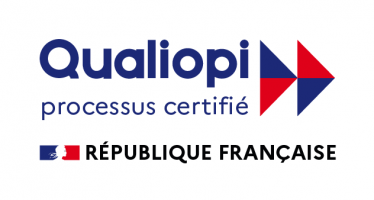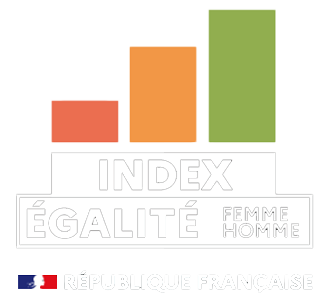Restez informé de l'actualité de 4D CONCEPT
*En soumettant ce formulaire d’inscription, j’accepte que les informations saisies soient utilisées par 4D CONCEPT pour m’envoyer des newsletters
Paris
41 avenue du Centre
78180 Montigny-le-Bretonneux
SAINT-QUENTIN-EN-YVELINES
Toulouse
76 Voie du Toec
Immeuble L’ECLAT – 3ème étage
31300 TOULOUSE
Lyon
523 cours du 3ème Millénaire
Bâtiment D – 1er étage
69800 SAINT-PRIEST
Standard téléphonique:
+33 (0)1 61 08 50 20
Mentions légales – Politique de confidentialité – Tous droits réservés – 4D CONCEPT © 2023











